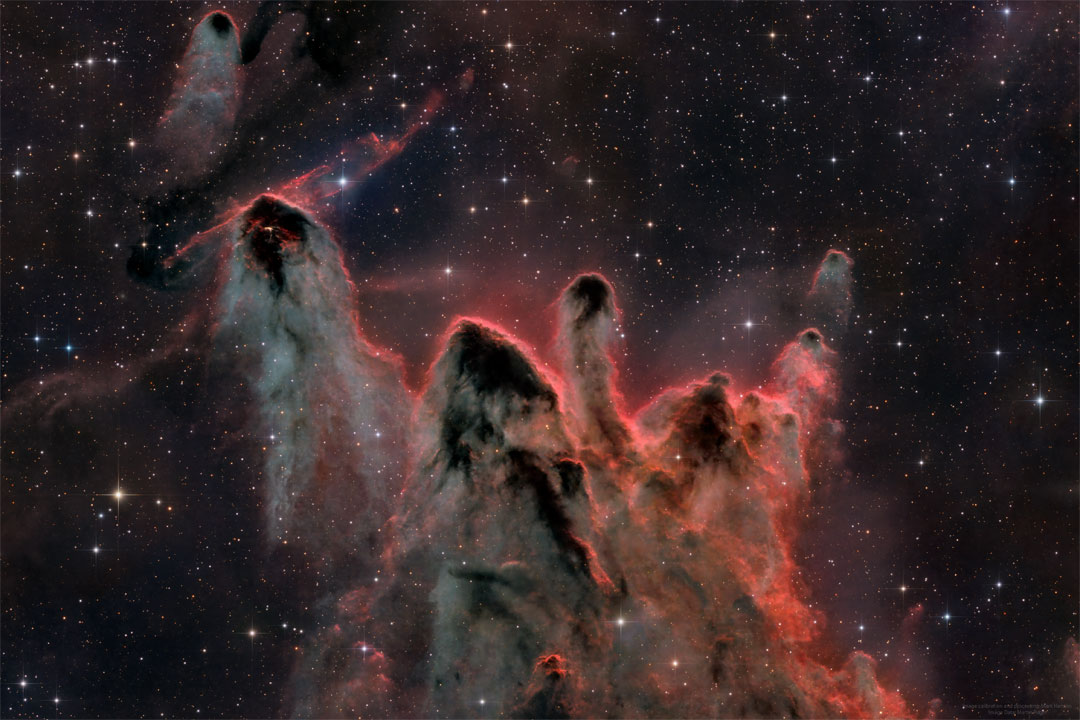
What are these unusual interstellar structures?
Bright-rimmed, flowing shapes gather near the center of
this rich starfield toward the borders of the nautical southern
constellations
Pupis and Vela

What are these unusual interstellar structures?
Bright-rimmed, flowing shapes gather near the center of
this rich starfield toward the borders of the nautical southern
constellations
Pupis and Vela
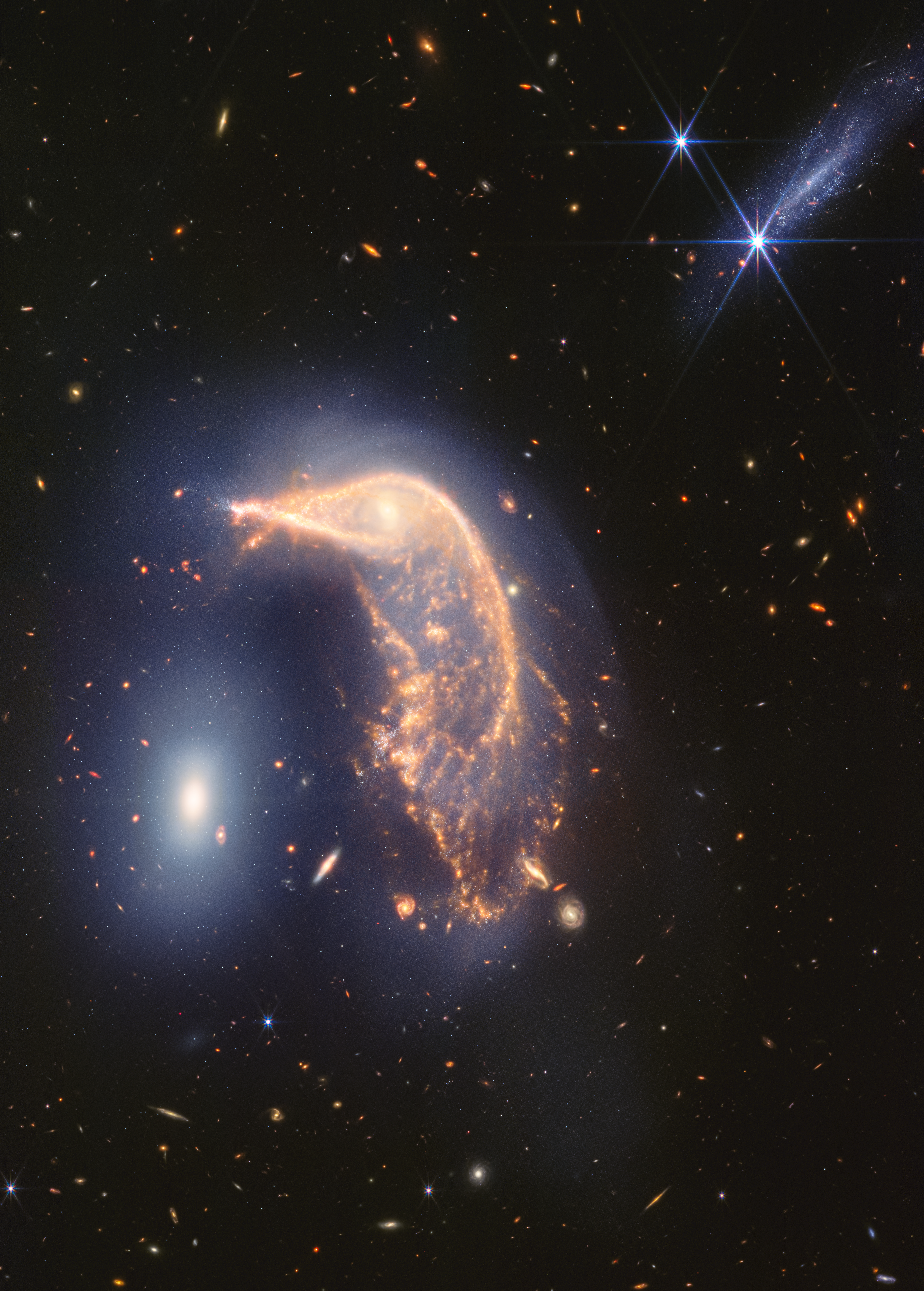

The distorted spiral galaxy at center, the Penguin, and the compact elliptical at left, the Egg, are locked in an active embrace. This near- and mid-infrared image combines data from NASA’s James Webb Space Telescope’s NIRCam (Near-Infrared Camera) and MIRI (Mid-Infrared Instrument), and marks the telescope’s second year of science. Webb’s view shows that their interaction is marked by a glow of scattered stars represented in blue. Known jointly as Arp 142, the galaxies made their first pass by one another between 25 and 75 million years ago, causing “fireworks,” or new star formation, in the Penguin. The galaxies are approximately the same mass, which is why one hasn’t consumed the other.
Read More
A Capuchin Poor Clare nun, Saint Veronica Giuliani received the unique gift of the stigmata of Christ. Few people have been blessed with these marks; Saint Francis of Assisi was probably the most notable among them.
Read More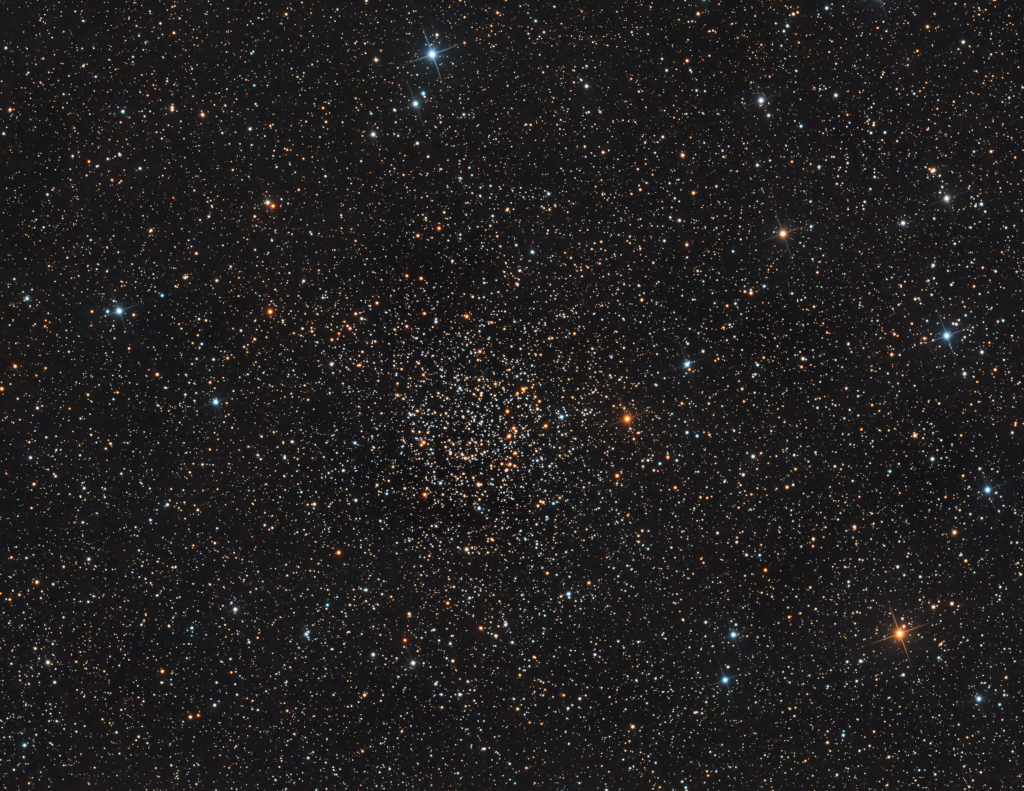
Found among the rich starfields of the Milky Way,
star
cluster NGC 7789 lies about 8,000 light-years away
toward the constellation Cassiopeia

Saint Elizabeth of Portugal did not have an easy time in spite of the fact that she was royalty. She spent her life seeking peace between herself and her unfaithful husband, and between many of her relatives. Elizabeth saw some progress in this endeavor before retiring to a Poor Clare monastery where she died.
Read More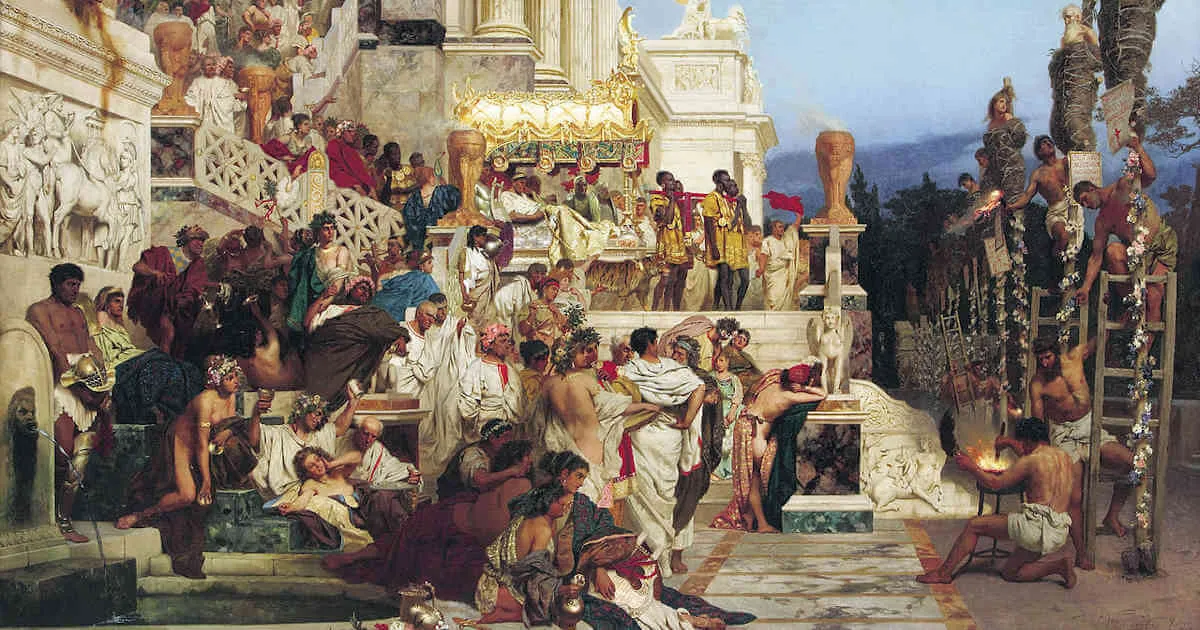
Around the year 64, the city of Rome experienced a devastating fire. Emperor Nero blamed it on the Christians, and a severe persecution followed. Included in the mass murder of Christians were the First Martyrs of Rome. We don’t know their names, but their witness to the faith is certain.
Read More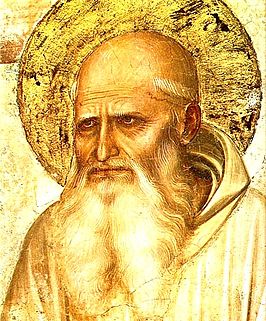
Saint Romuald had the strange experience of being uncomfortably holy and asked to leave a monastery. When he tried to become a missionary, he was repeatedly hindered by an illness. Next he was falsely accused and excommunicated for a few months. But he didn’t give up.
Read More
At a time when rigorist ideas were rampant in the seminaries of Italy, Saint Joseph Cafasso proved to be a moderate, leading the students to the best of Catholic thought without going to extremes. He also encouraged them to join the Secular Franciscans and develop a love for the Eucharist.
Read More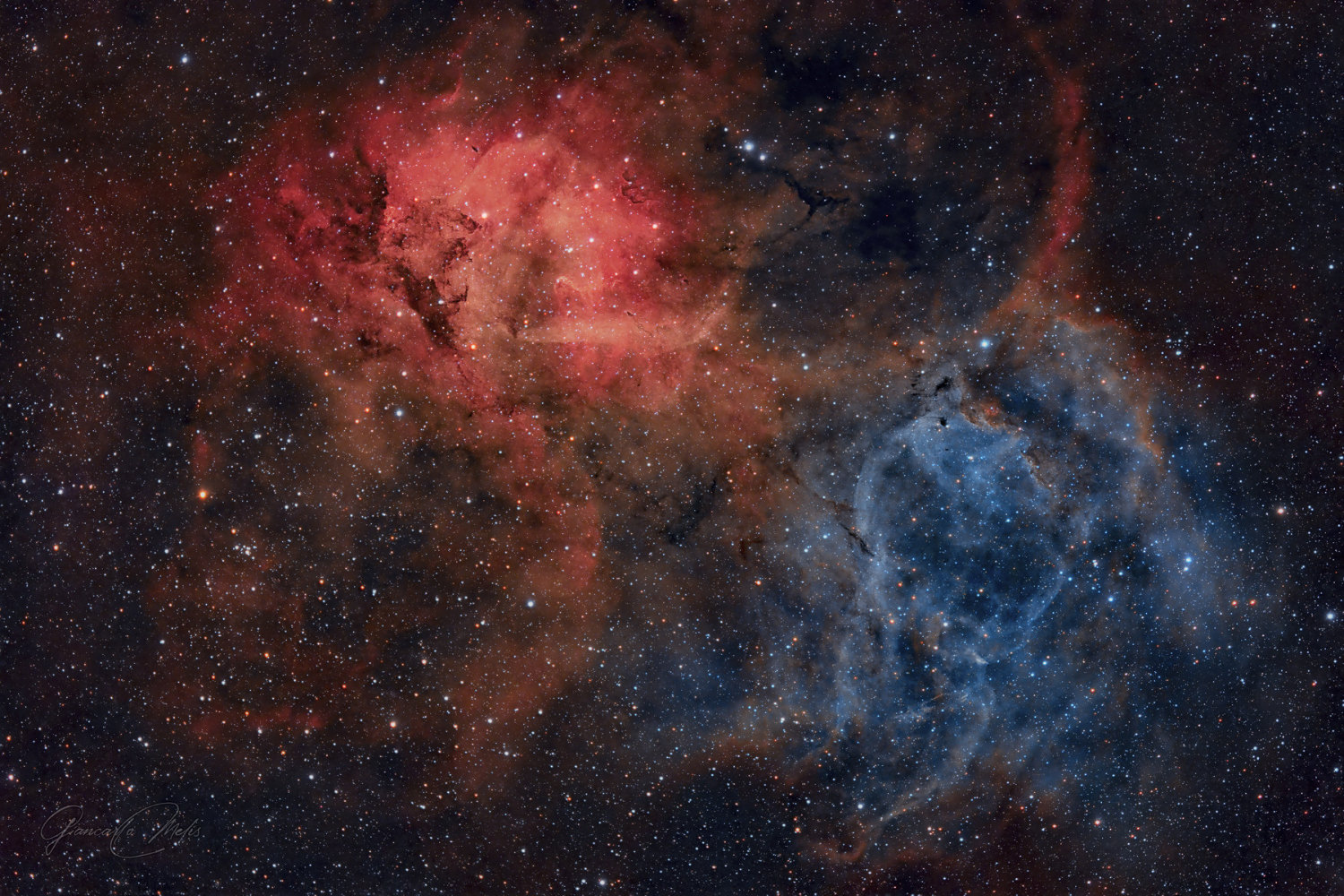
Is the Lion Nebula the real ruler of the
constellation Cepheus?
This powerful feline appearing
nebula is powered by two
massive stars, each with a mass over 20 times greater than
our Sun
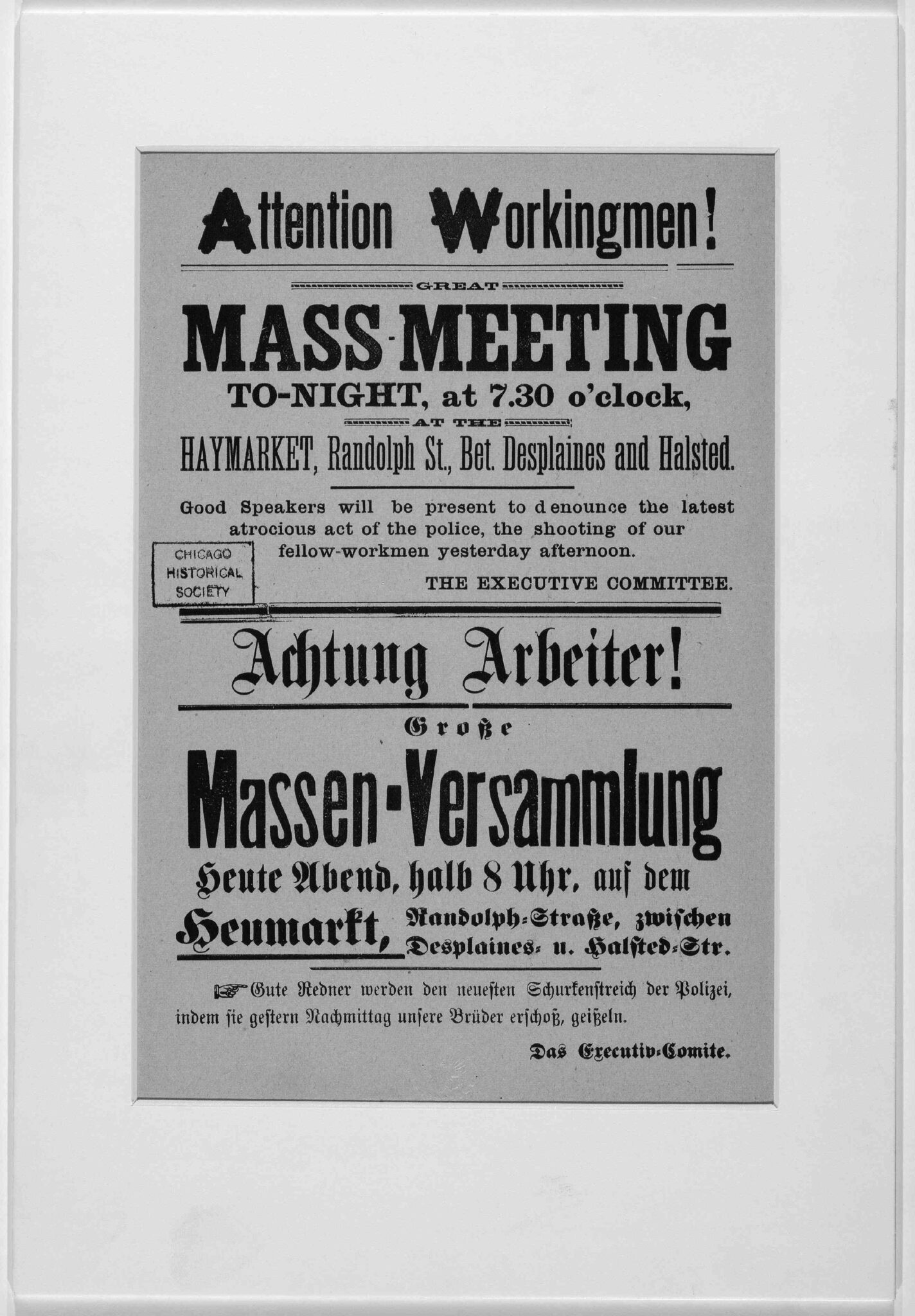
Published in 1978, Paul Avrich’s “An American Anarchist: The Life of Voltairine de Cleyre” was the first substantial biography of Voltairine de Cleyre (1866-1912), an influential member of the American labor movement at the turn of the 20th century. Donated to the Library of Congress in 1986, the biography refers to de Cleyre as “one of the most interesting if neglected figures in the history of American radicalism.”
Read More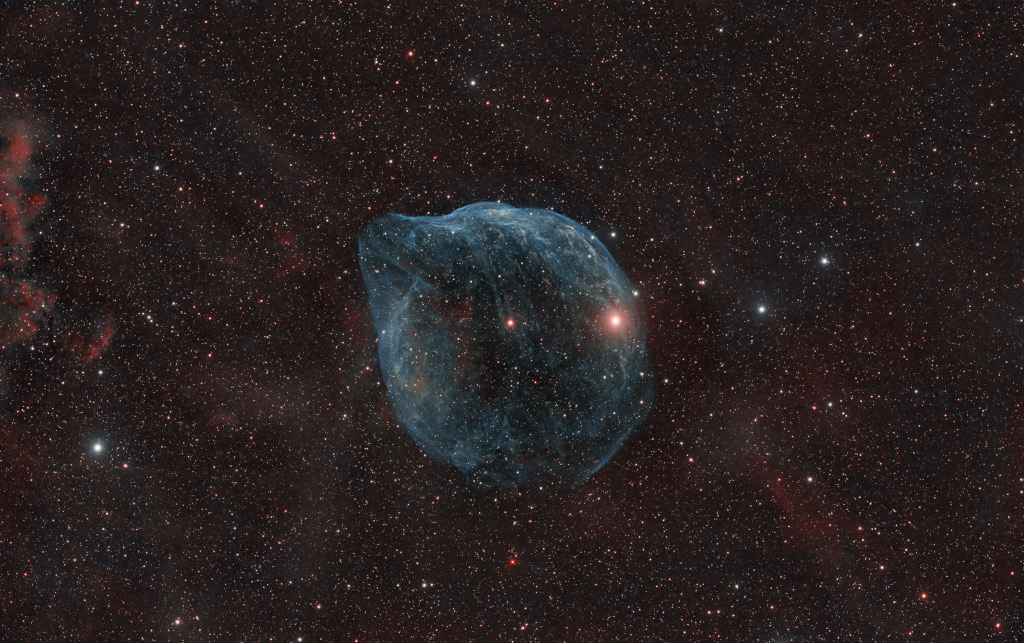

Born in Haiti and brought to New York City as a slave, Venerable Pierre Toussaint lived an exemplary Catholic life both before and after gaining his freedom. Married and then widowed, Pierre continued his charitable works well into his elder years.
Read More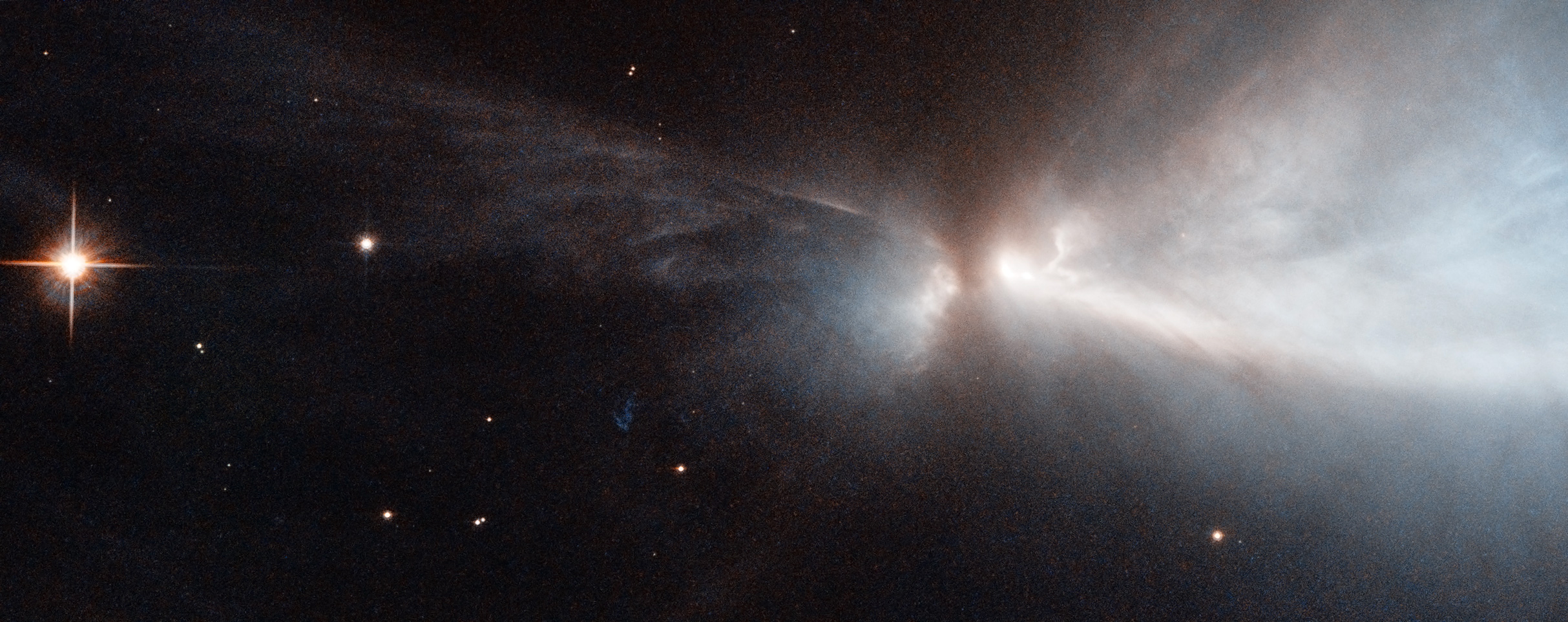
Dark markings
and bright nebulae in this telescopic southern sky view
are telltale signs of young stars and
active
star
formation


Saint Cristóbal Magallanes and Companions, 21 diocesan priests and three laymen, belonged to the Cristero movement during the 20th-century persecution of the Church in Mexico. Martyred over a number of years in eight Mexican states, they were beatified and canonized together.
Read More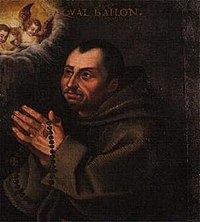
Saint Paschal Baylon was born into the Golden Age of the Church in Spain: the 16th century. He worked as a shepherd where he had ample time for prayer and mortification.
Read More
This
well-composed composite panoramic view
looks due south
from Banks Peninsula near Christchurch on New Zealand’s South Island
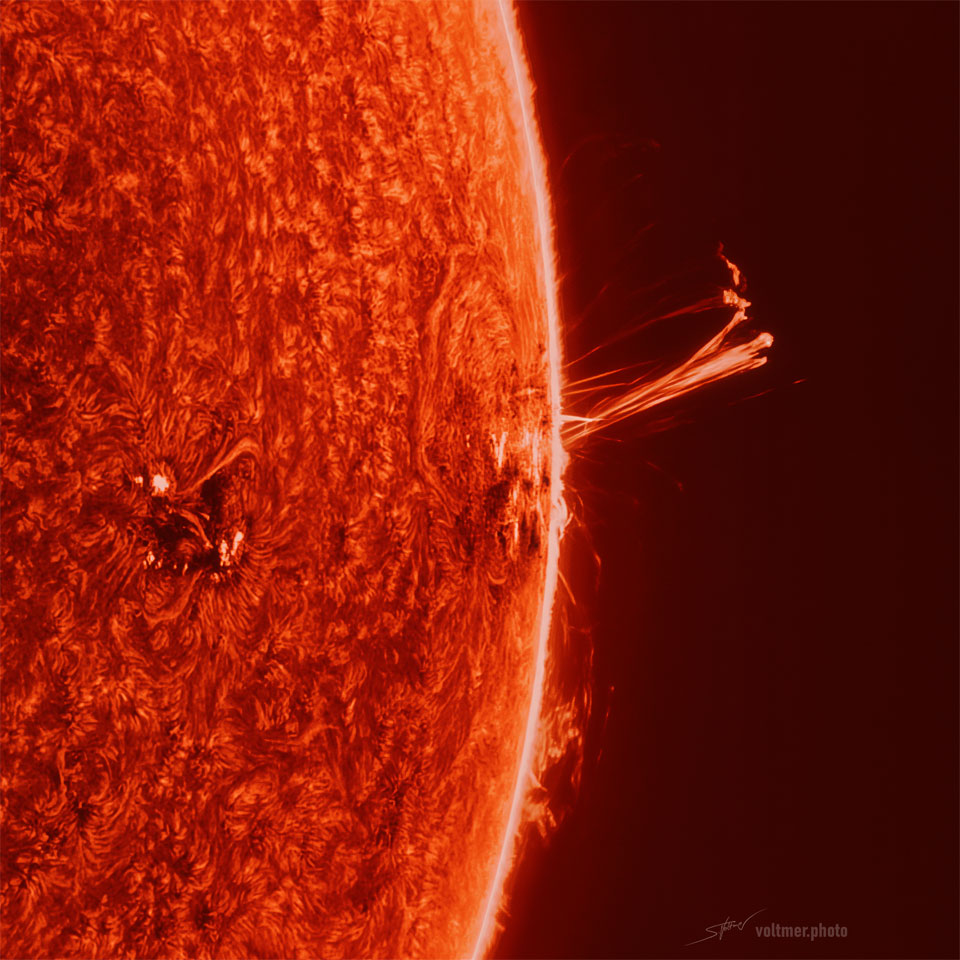
What did the monster active region that created the recent auroras look like when at the Sun’s edge?
There, AR 3664 better showed its 3D structure
Read More
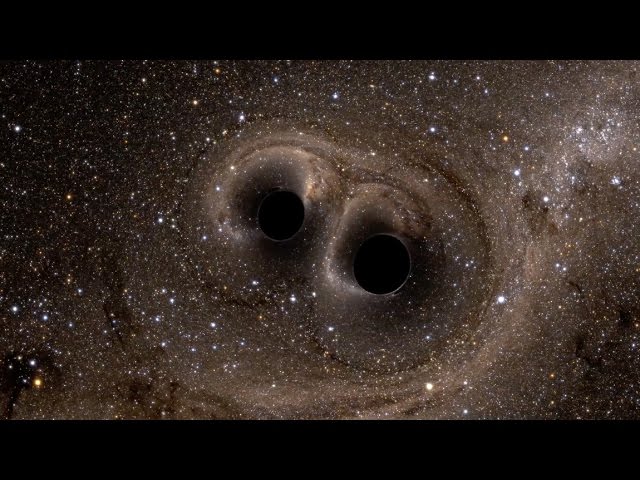
Heavenly Father,
in glorifying Jesus
and sending us your Spirit,
You open the way to eternal life.
May my sharing in this Gift increase my love
and make my faith grow stronger.
Send Your Spirit to cleanse my life
so that the offering of myself to You at Mass
may be pleasing to You.
May my sharing in the Eucharist,
our Bread of Life,
bring me eternal life.
First reading from the Acts of the Apostles Acts 4:8-12
Peter, filled with the Holy Spirit, said: “Leaders of the people and elders: If we are being…
A reading from the Acts of the Apostles Acts 8:1b-8
There broke out a severe persecution of the Church in Jerusalem, and all were scattered throughout the…